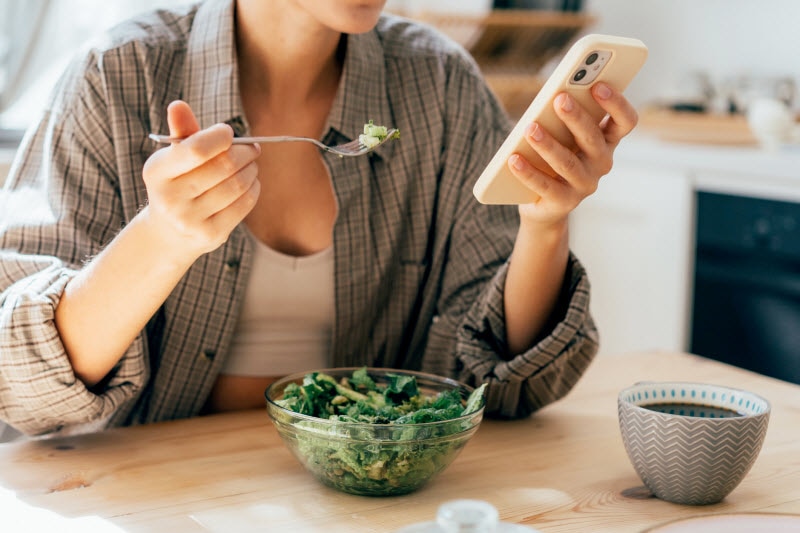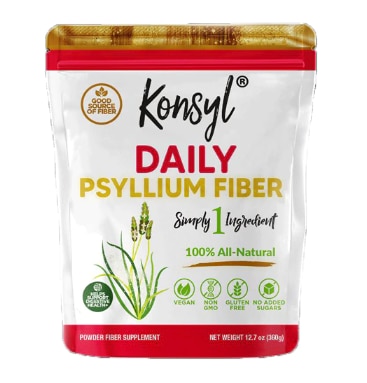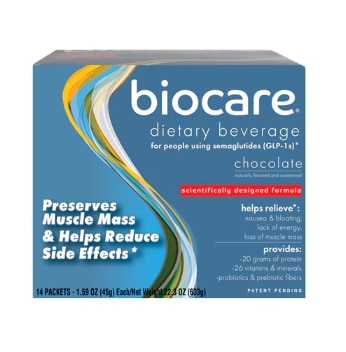Weight loss drugs like Ozempic and Wegovy have helped millions of overweight or obese people shed pounds. Before these and other GLP-1 drugs were approved for weight loss, people with type 2 diabetes were injecting them to control blood sugar.

Amid the hype about the benefits of these medications — known as glucagon-like peptide 1 (GLP-1) agonists — you might not have realized that they can also cause harm. Specifically, a study published in 2023 in the medical journal JAMA reported that GLP-1 medications can trigger gastrointestinal problems in non-diabetic people using the drugs for weight loss. An article published in 2022 in the Journal of Clinical Medicine made a similar point.
The study identified these potential gastrointestinal issues among non-diabetic people using GLP-1 drugs:
- Bowel obstruction
- Pancreatitis
- Stomach paralysis
The article identified these potential gastrointestinal issues among diabetic and non-diabetic people using GLP-1 drugs:
- Constipation
- Diarrhea
- Nausea
- Vomiting
Consider side effects of GLP 1 drugs before using them
The Journal of Clinical Medicine article notes that gastrointestinal issues usually appear in 40% to 70% of patients using GLP-1 drugs. However, it’s rare that these problems are intense or persistent.
Mohit Sodhi, a University of British Columbia researcher who co-authored the study, suggests that people weigh the risks of GLP-1 drugs before using them for weight loss.
“The risk calculus will differ depending on whether a patient is using these drugs for diabetes, obesity or just general weight loss,” Sodhi says in an article on the university’s website. “People who are otherwise healthy may be less willing to accept these potentially serious adverse events.”
Fiber and GLP-1: How to avoid gastrointestinal issues
So, how do you avoid gastrointestinal issues if you decide to proceed with GLP-1 injections? Many experts recommend ensuring you’re consuming enough dietary fiber, which can improve digestion. Fruits, vegetables and grains contain dietary fiber.
The Academy of Nutrition and Dietetics suggests that women target 25 grams of fiber per day, while men should shoot for 38 grams. The academy notes that a number of foods naturally contain an abundance of fiber. Examples are:
- 1 cup fresh raspberries (8 grams)
- ½ cup cooked black beans (7.5 grams)
- 1 large pear with skin (7 grams)
- 1 cup cooked pearled barley (6 grams)
- ½ medium avocado (5 grams)
- 3 cups air-popped popcorn (3.6 grams)
- 1 ounce almonds (3.5 grams)
“When increasing fiber [intake], be sure to do it gradually and with plenty of fluids,” the academy advises. “As dietary fiber travels through the digestive tract, it is similar to a new sponge; it needs water to plump up and pass smoothly. If you consume more than your usual intake of fiber but not enough fluid, you may experience nausea or constipation.”
The academy stresses that you should try naturally boosting fiber intake from foods before turning to fiber-enriched foods or fiber supplements.
Also, fiber might not help with every gastrointestinal issue. For example, you might want to temporarily follow a low-fiber diet (about 10 grams of fiber per day) while you’re coping with diarrhea. A low-fiber diet eases stimulation of your bowels, which then can decrease the impact of diarrhea.
Increasing fiber intake is just one of the approaches to preventing or treating gastrointestinal issues associated with GLP-1 drugs. Others include educating patients about the side effects and adjusting the drug dosage. Depending on the severity of the gastrointestinal problems, a health care professional might recommend stopping GLP-1 injections.
In terms of dealing with symptoms, short-term remedies such as antidiarrheal drugs for diarrhea or stool softeners for constipation might be helpful.
How many kinds of dietary fiber are there?
It’s worth noting that there are two types of dietary fiber: soluble and insoluble.
According to the National Library of Medicine, soluble fiber attracts water and turns to gel during digestion. This process slows digestion. Among the foods with soluble fiber are barley, beans, lentils, nuts, oat bran, peas and seeds, along with some fruits and vegetables.
Foods like vegetables, wheat bran and whole grains contain insoluble fiber. “It appears to speed the passage of foods through the stomach and intestines,” the Library of Medicine says, “and adds bulk to the stool.”
Featured Products



The post Focus on Fiber to Minimize Digestive Side Effects of GLP-1 Drugs first appeared on The Upside by Vitacost.com.

